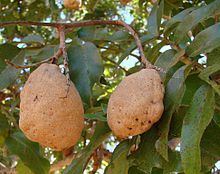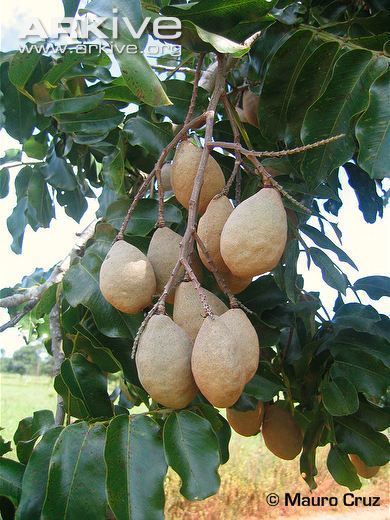Kingdom Plantae Family Fabaceae Scientific name Dipteryx alata Rank Species | Order Fabales Genus Dipteryx Higher classification Dipteryx | |
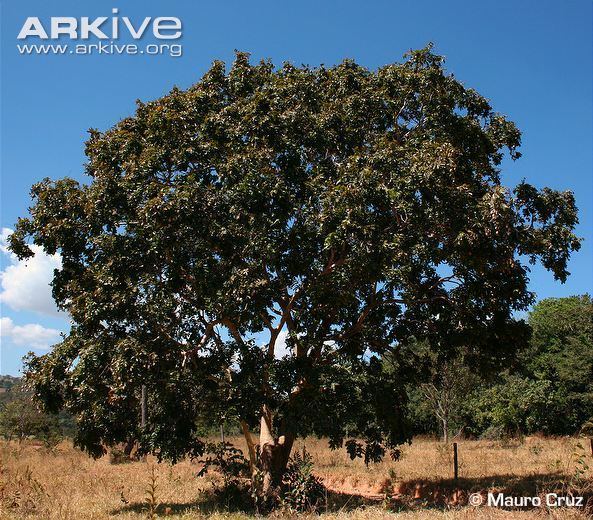 | ||
Similar Dipteryx, Stenocalyx dysentericus, Pequi, Hancornia speciosa, Legumes | ||
Castanhas de baru dipteryx alata leguminosa rvores do cerrado
Baru is a species of the legume genus (Dipteryx alata) in the family Fabaceae. It is a large tree, usually referred to as "Baruzeiro" (Baru tree) in Portuguese, and its fruits and almonds are known as Baru. Other less-used names besides Baru are Cumaru, Cumbaru, Barujo, Coco-feijão, Cumarurana, Emburena-brava, Feijão-coco, and Pau-cumaru.
Contents
- Castanhas de baru dipteryx alata leguminosa rvores do cerrado
- Flagrant wildlife tapir cross barbed wire fence to nibble nut dipteryx alata baru
- Food and Nutrition
- Uses
- References

It is found only in the Cerrado savannah of Midwestern Brazil and part of eastern Bolivia, being threatened of habitat loss by intensive farming. Historically it has been used as lumber, for charcoal production and for shade in pastures. The fruits can be used as feed for cattle and are also an important food source for birds and small mammals, such as rodents, bats, and monkeys. The seeds, or "almonds", are highly nutritious and a food source to the local communities.
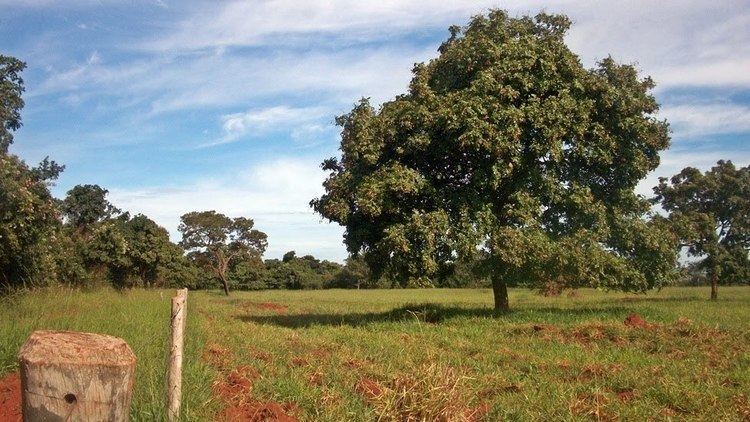
The tree can measure up to 25 m in height, 0.7 m in diameter and have a useful lifespan of 60 years. A tree will produce about 150 kg of fruit per harvest in alternating years, being polinized by bees.

Its brown fruits are either collected from the ground or picked from the tree when they are almost ripe. The fruit usually weighs 25g, of which 30% is pulp, 65% is ligneous endocarp and 5% is seed (bean/almond).
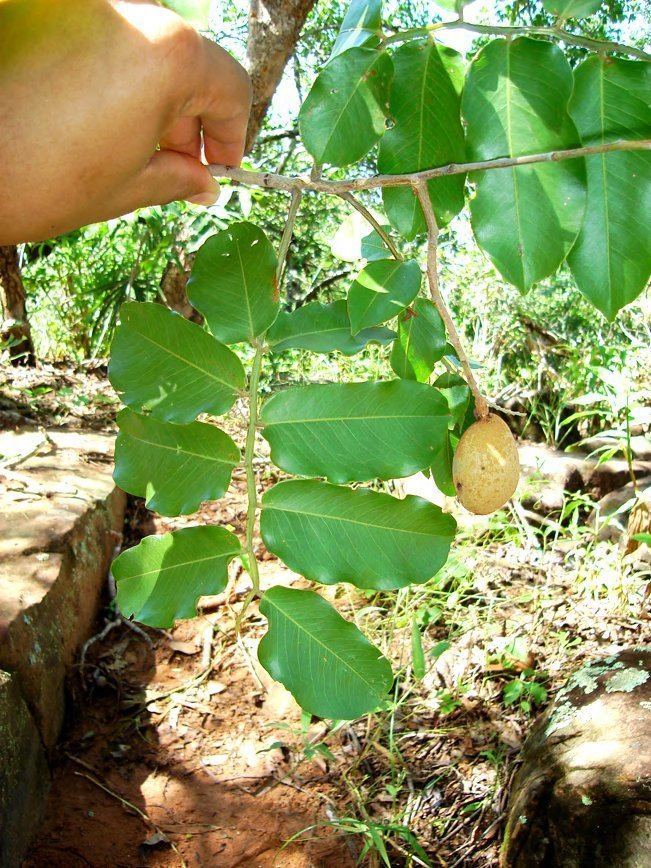
Flagrant wildlife tapir cross barbed wire fence to nibble nut dipteryx alata baru
Food and Nutrition
Out of the fruit, the pulp is sweet and can be consumed fresh, but is also used to manufacture jams, jellies, and liquors; the almonds are flavorful, and should be served after roasting, which deactivates a trypsin inhibitor component. These can be an ingredient for butter, bread, cakes, sweets, cereal bars, Pesto sauce and ice cream; the oil extracted from the almonds may also be used as a culinary ingredient, comparable to olive oil, and for cosmetic purposes as well.
Baru almonds are rich in:
Uses
The uses for the Baru fruit can be summarized as:
